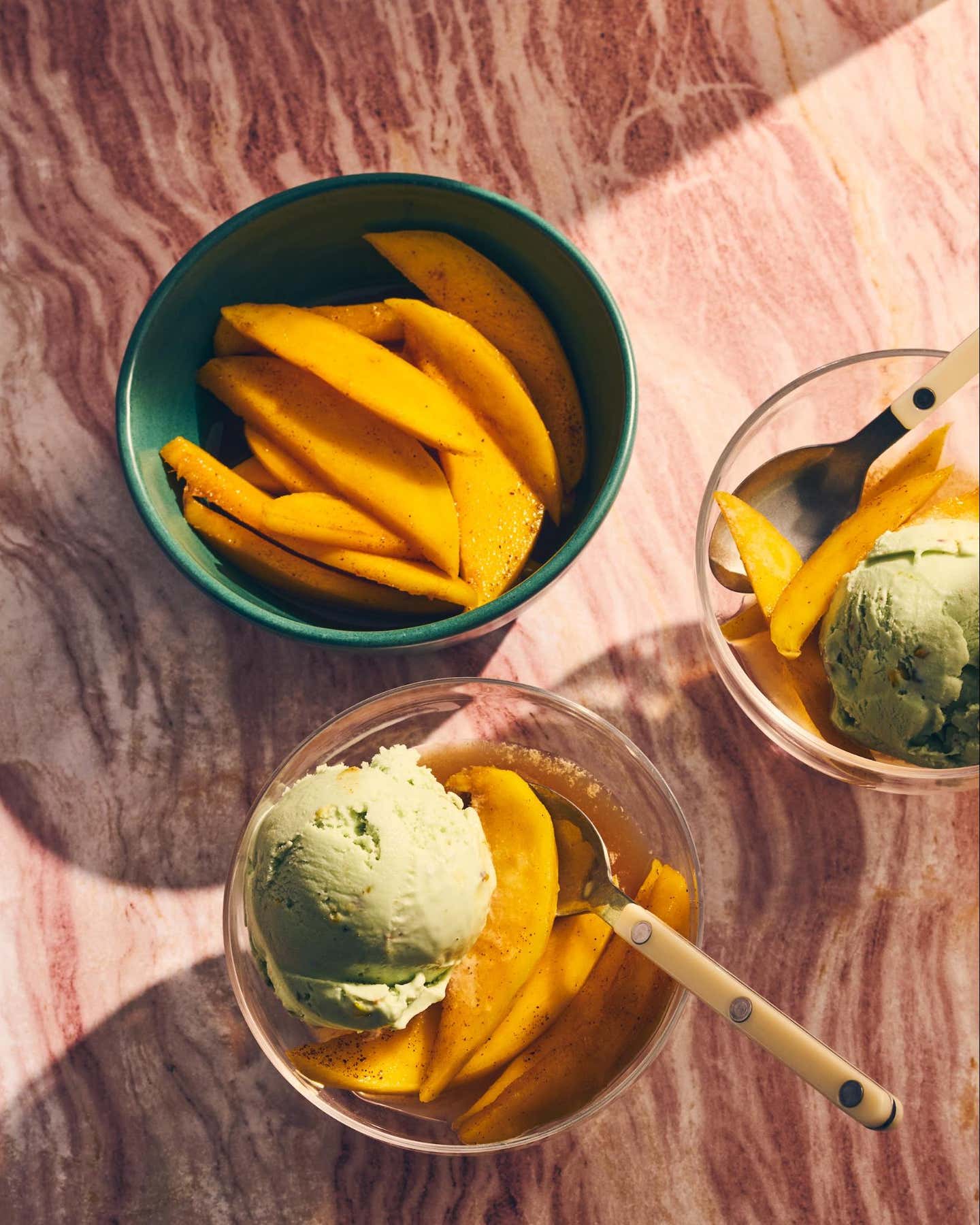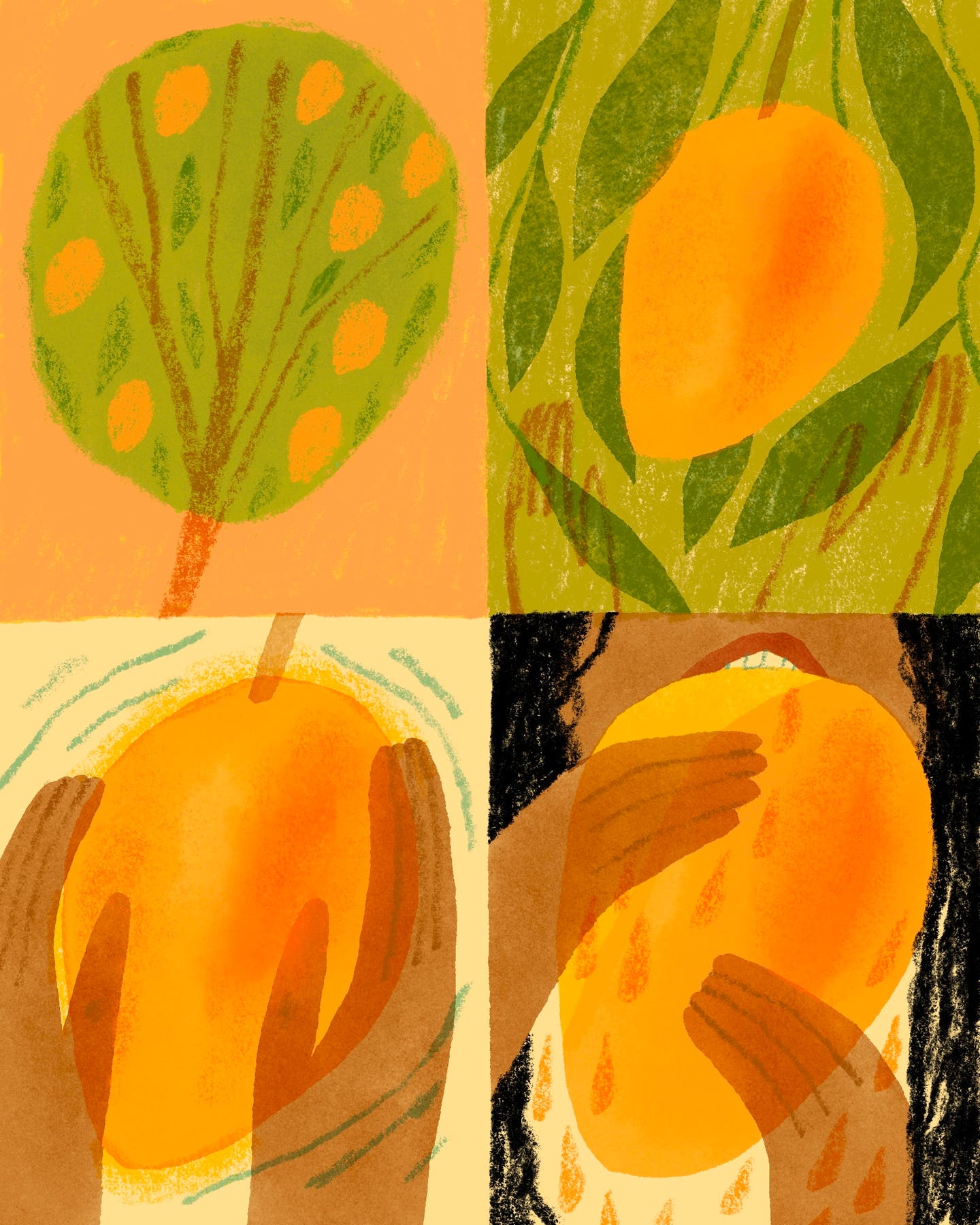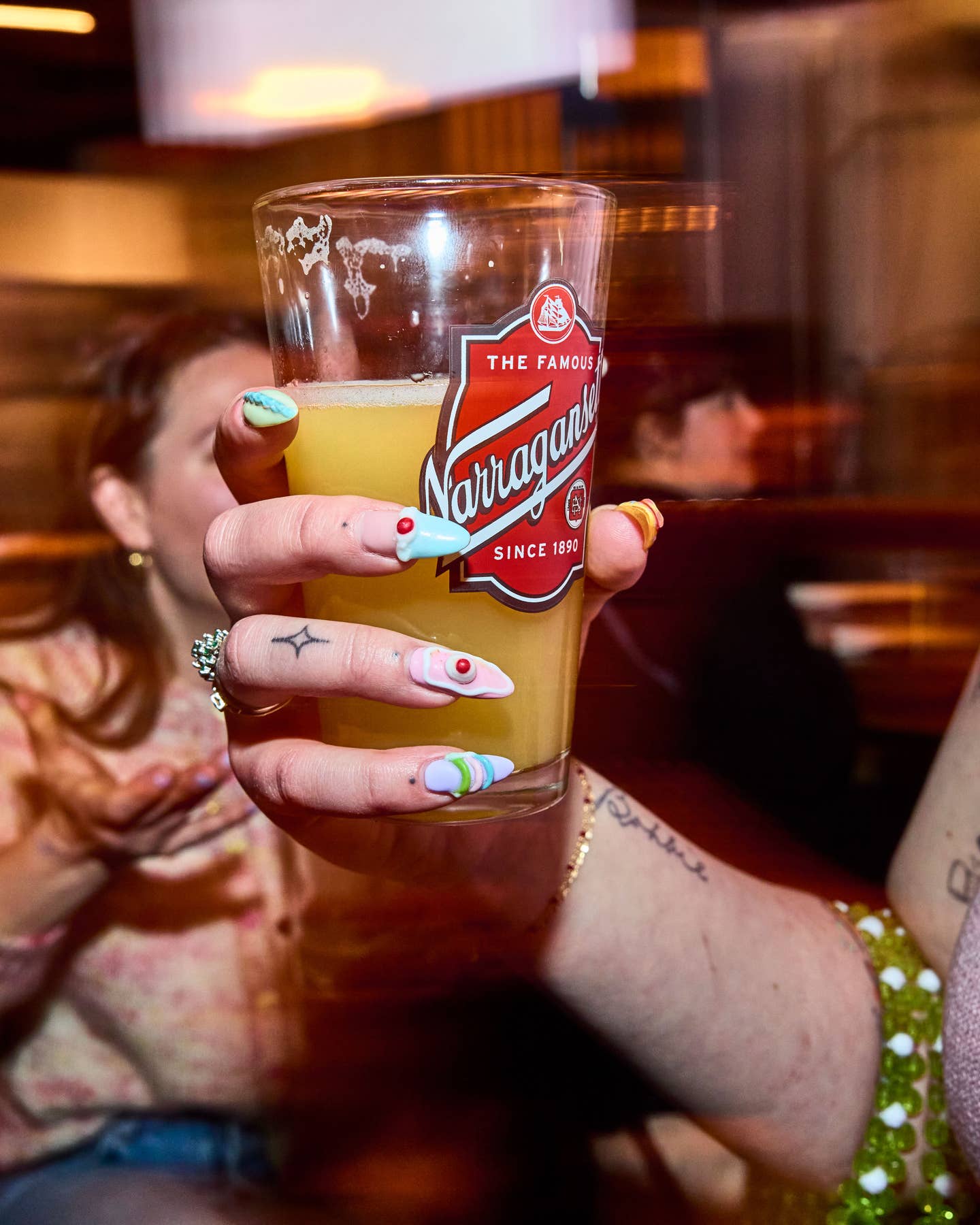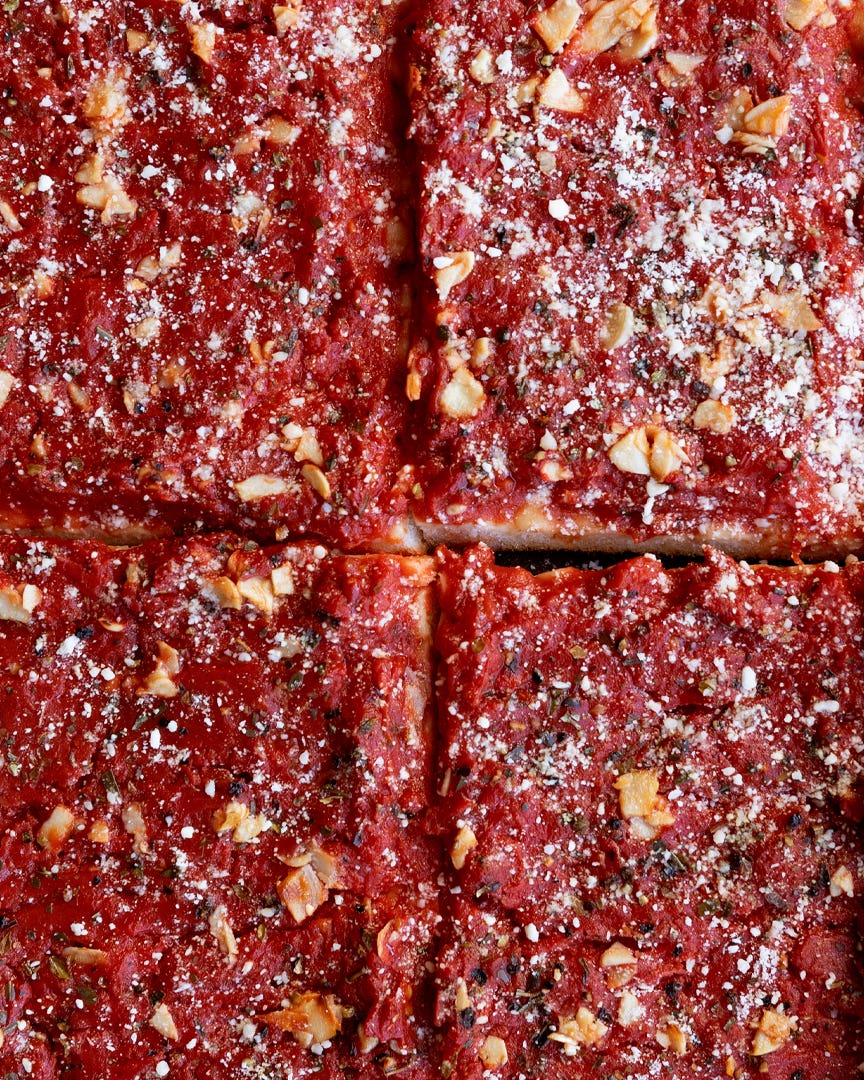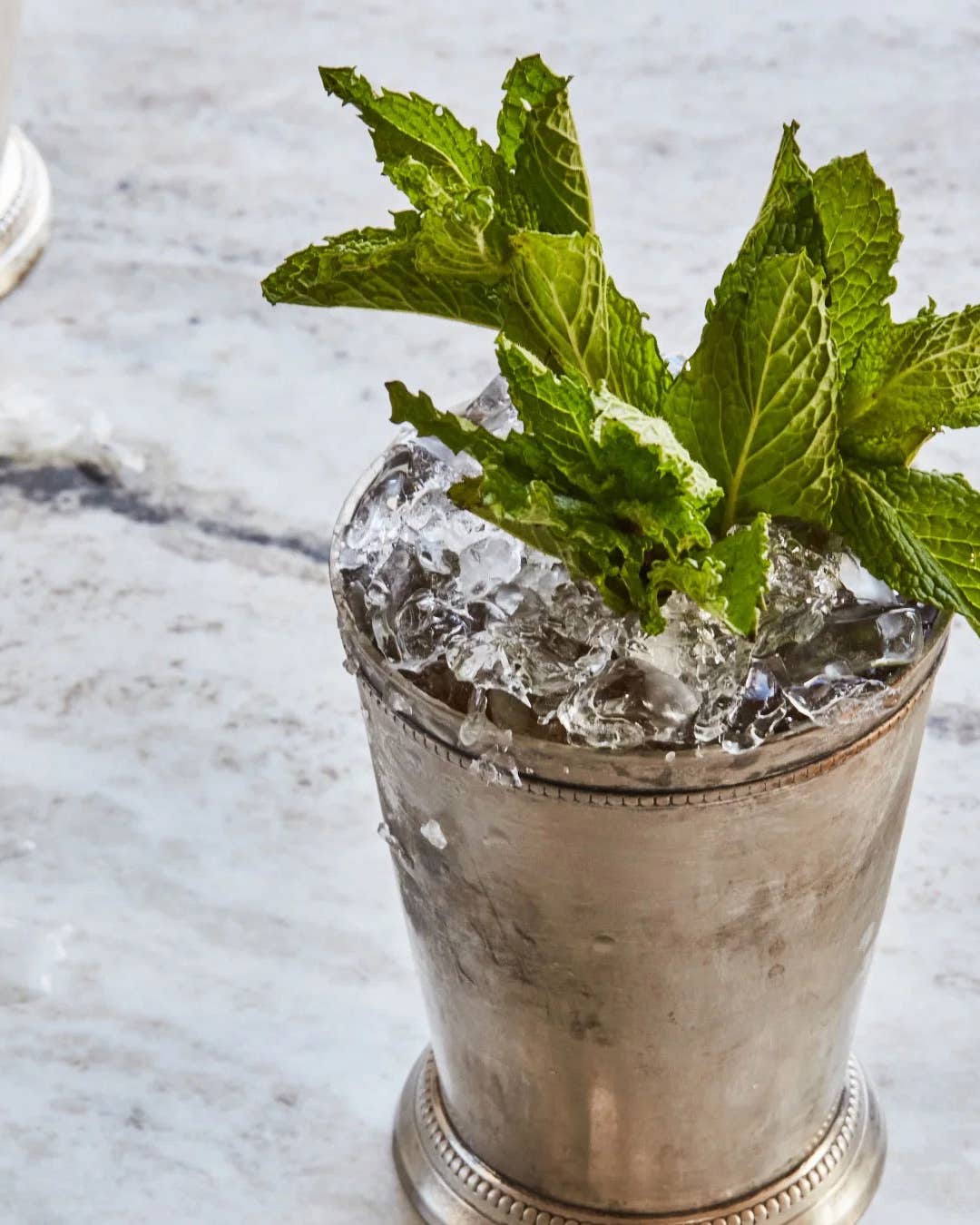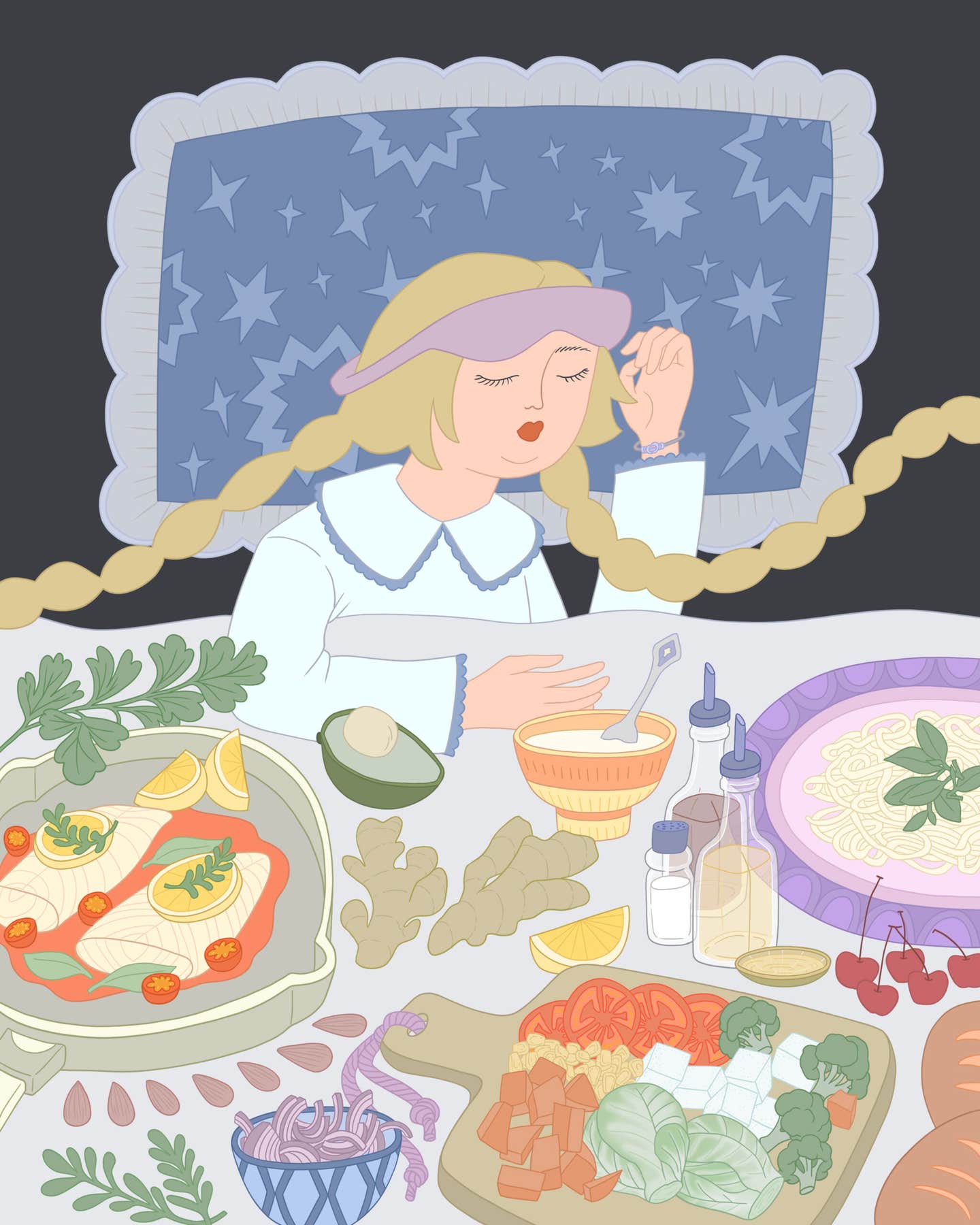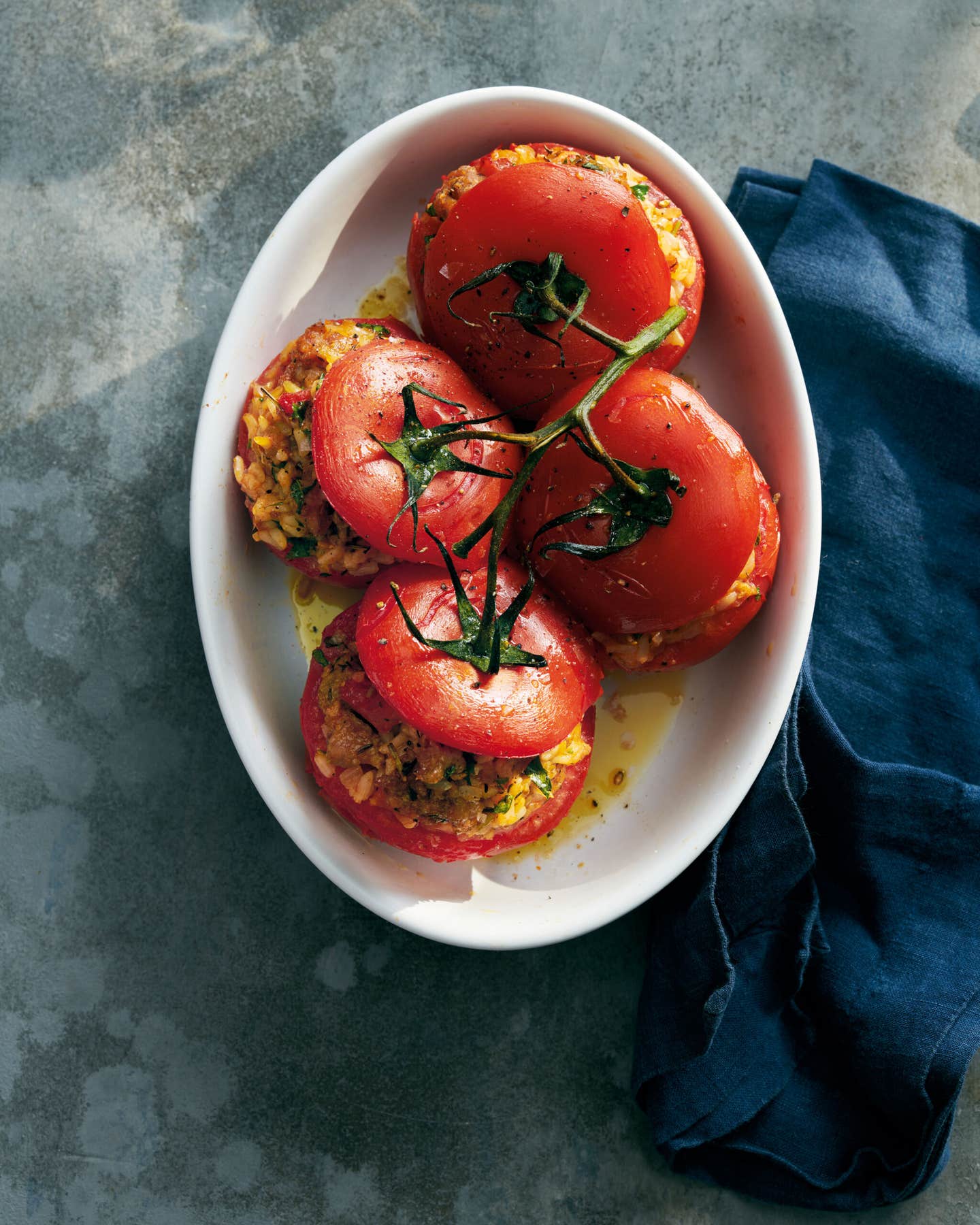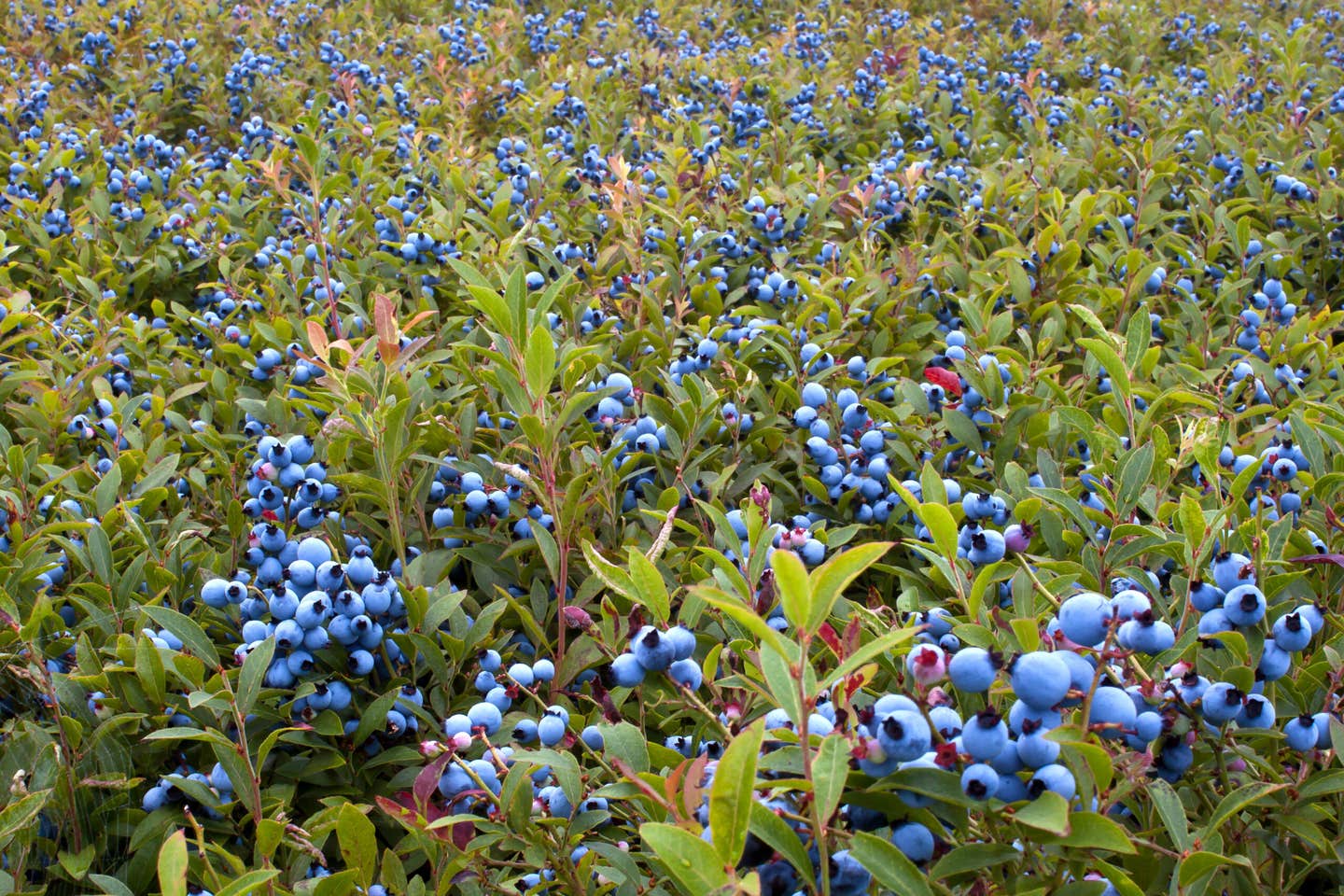
The Future of This Berry Is at Risk—Could a Burgeoning Wine Industry Come to Its Rescue?
“Wild blues” hope to dethrone rosé as your favorite colorful summer sip, all while doing some good.
When driving through rural Maine’s hilly countryside, most wouldn’t think twice about the unremarkable low-lying fields beyond the road. But step onto one of those stretches of green and you’ll notice red-tipped leaves alongside emerald-hued foliage, tall white flowers dancing in the breeze, and tight bunches of ripening blueberries huddled together against the bluster. What may have appeared at first glance to be a mere meadow is in fact a kaleidoscope of colors and textures. This is a wild blueberry field, the bedrock of a burgeoning wine industry in Maine that could help save one of the state’s most precious heritage crops.
Wild blueberries—smaller and more tart than the produce aisle’s hybrid varieties, and genetically distinct from them—are indigenous to this state. “Maine wild blueberries are not to be grouped with hybrid blueberries from other states, nations, and continents,” says winemaker Michael Terrien, co-owner of Obsidian Wine Company and founder of Terrien Wines in Northern California, as he confidently threads his way through a blueberry field. Stopping abruptly, the Maine native bends down to examine a cluster of fruit—‘wild blues,’ as they are affectionately called. His eyes, the same color as his prized berries, radiate enthusiasm as he explains that the wild fruit has grown naturally in Maine for more than 10,000 years. Bushes are never planted; rather, farmers establish their businesses around naturally occurring shrubs. “Therein lies the fruit's sustainability bonafides; we haven't messed with the genes,” says Terrien, which means wild blueberries are inherently more resilient against pests and disease.
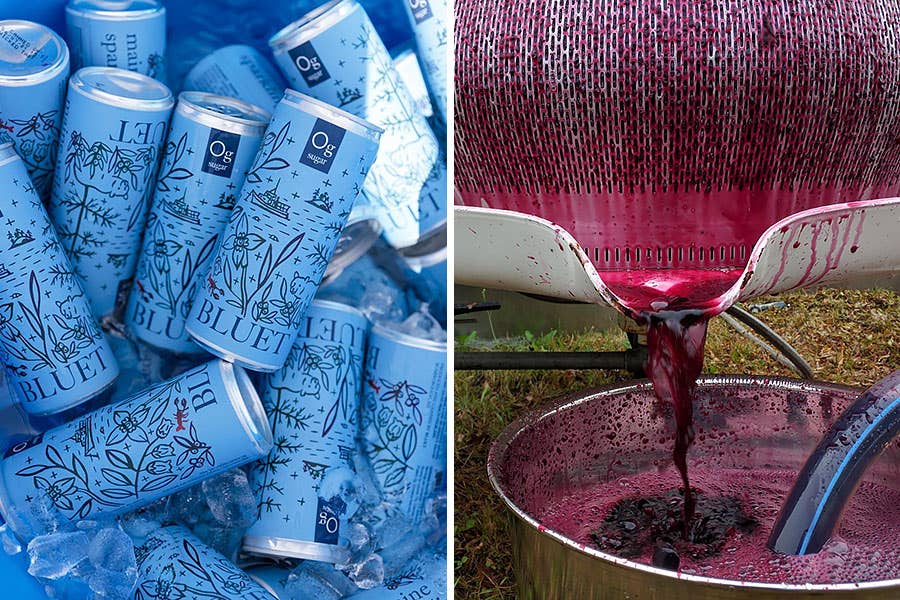
“Maine is the only state with wild blues in any significant quantity,” he explains. However, “precisely because they have never been bred, they are at a commercial disadvantage to hybrids.” Yields are low: on average, a field can only produce about 2 tons per acre, according to the USDA and National Agricultural Statistics Service, far less than the 10 tons per acre of commercially bred varieties, and wild blues can only be harvested every other year. Competition from Canada—the only other place that grows wild blueberries abundantly enough to be commercially viable—is also hurting Maine’s farmers. In recent years, the value and volume of the state’s wild blues have fluctuated wildly: in 2017, prices dipped to 25 cents per pound (2021 saw some relief, with prices reaching 70 cents per pound), and in 2020, the crop’s yield fell below 48 million pounds, the lowest haul since 2004.
Baked into muffins, folded into pancake batter, or eaten by the juicy handful are how most people know and love wild blues. But Terrien saw the potential for something more. The winemaker realized he could apply his vintner skills to the fruit—and help revive the struggling crop by increasing demand, generating interest, and providing farmers with more opportunities.
Fruit wines are not a new concept, but many are cloyingly sweet. Terrien knew blueberries had all the components to make a dry, vinous-like wine. Blueberries contain sugars that can be converted into alcohol—part of the standard winemaking process. Plus, the naturally occurring antioxidants allow wines to age slowly, protect them against oxidation, and help keep the beverage stable, meaning little to no sulfur needs to be added. The one thing missing is tannins, which provide body and texture to wine. Through trial and error, Terrien and his co-founder Eric Martin found that adding bubbles to blueberry wine gave it a texturally interesting mouthfeel that replicated the sensations created by tannins. Finally, in 2014, Bluet was born.
The first sip of a blueberry wine is tart, but distinctly redolent of the namesake fruit. What follows on the palate is an elegant spice, calling to mind black pepper. With its acidity and sparkling texture, the beverage is lively and refreshing, not heavy or syrupy. It is, dare I say, surprisingly wine-like.
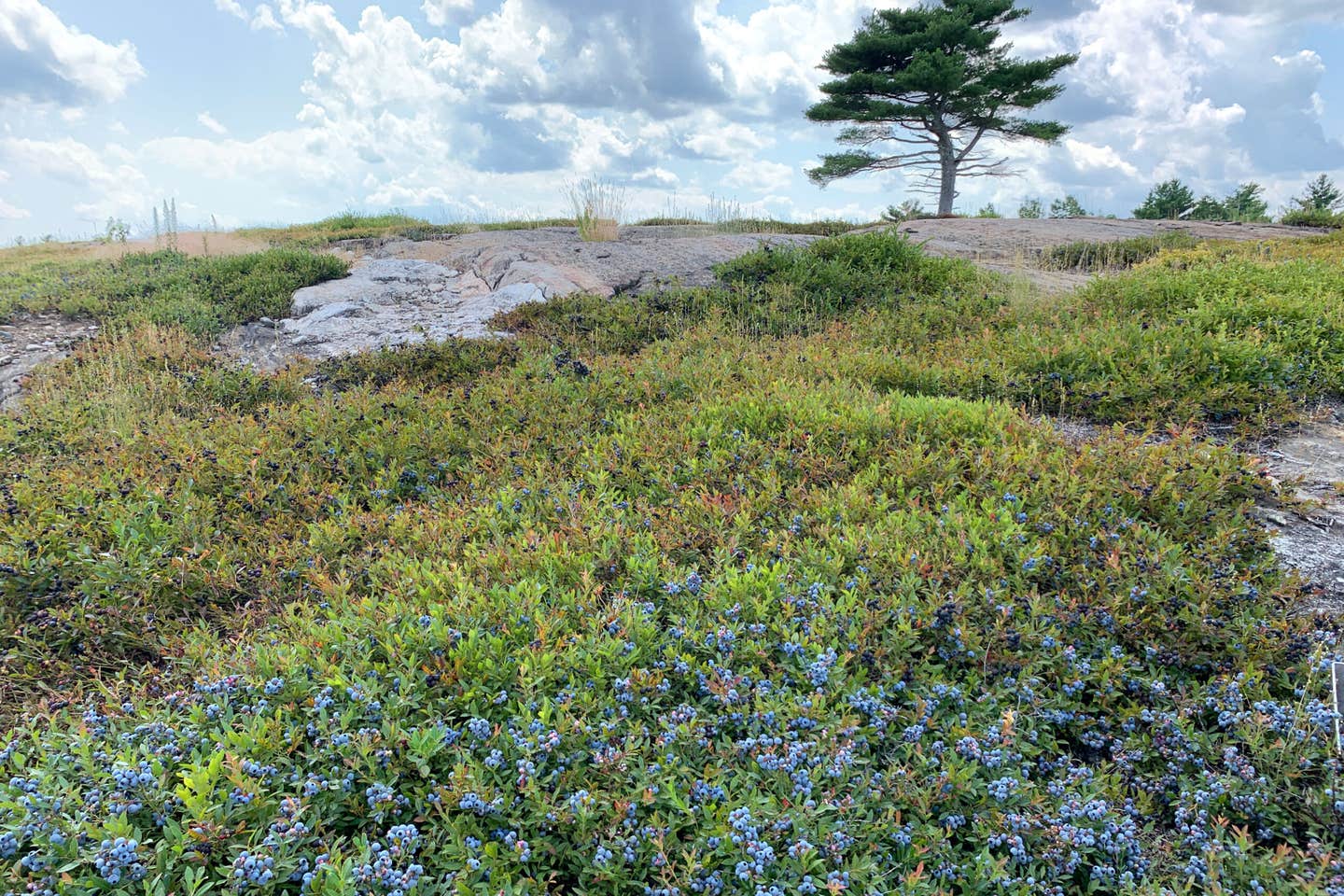
Like all sparkling wines, blueberry wine should be served chilled, and its low level of 7% alcohol by volume (ABV) makes it ideal for the warm summer months. For an extremely easy cocktail, Terrien recommends adding a splash of triple sec and a sprig of mint.
Cognizant of the challenges facing wild blueberry farmers, the state introduced a bill in March to make the state’s Down East area, which is home to a dense population of blueberry fields, a National Heritage Area. If the bill passes, the resulting job opportunities and increased tourism will provide much-needed funding for the region’s agricultural industry.
Small farmers make up about 40 percent of the wild blueberry industry, and Terrien sources blueberries exclusively from these boutique farms to help them increase production and ultimately revenue. But one winemaker can’t shoulder an industry alone, which is why Terrien is encouraging other entrepreneurial souls to start their own wineries.
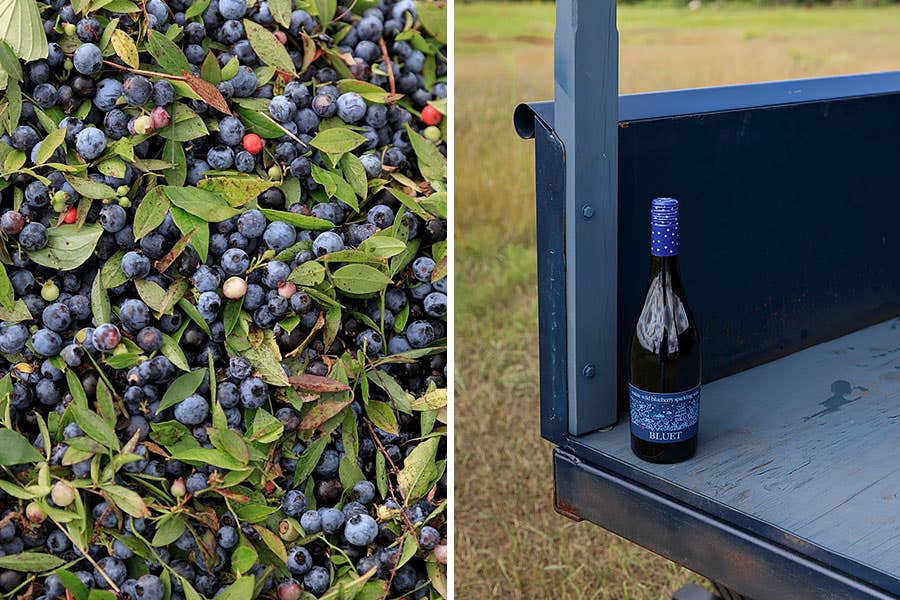
One protege is R.A.S., founded by Joe Appel, Dan Roche, and Emily Smith. The winery recently released the second vintage of its Arkadia blueberry sparkling wine. R.A.S.’s fruit, sourced from organic farms, goes through a longer maceration period than Bluet’s, which gives the wine a deeper color and more intense flavors. The makers also use naturally occurring yeast to kickstart fermentation. The result is a wine with an earthy and savory quality, and intense herbal notes reminiscent of pomegranate and rhubarb. And the company is not limiting itself to sparkling wine. The makers have also produced an aromatized wine called A7 Americano that infuses wild blueberry wine with organic herbs, spices, and fruit, then fortifies it with brandy. The resulting beverage can be used in vermouth-based cocktails such as Manhattans and Negronis, or enjoyed on the rocks. “We wanted to make a fortified/aromatized wine that could be used creatively as a mixer, but could also provide lots of pleasure when sipped on its own,” says Appel.
In this nascent industry, there’s plenty of room for experimentation. Terrien’s assistant winemaker, Davis Martinec, plans to harvest his first crop of blueberries this year for his own yet-to-be-named label. While he’s still figuring out his style, he knows one thing is clear: the quality will be there. “[In Maine] we don't have to try and force something into a box, like trying to grow grapes where they don't want to grow. Here, you're taking a fruit that loves being here, that wants to be here, and making wine out of it.”
Keep Reading
Continue to Next Story
